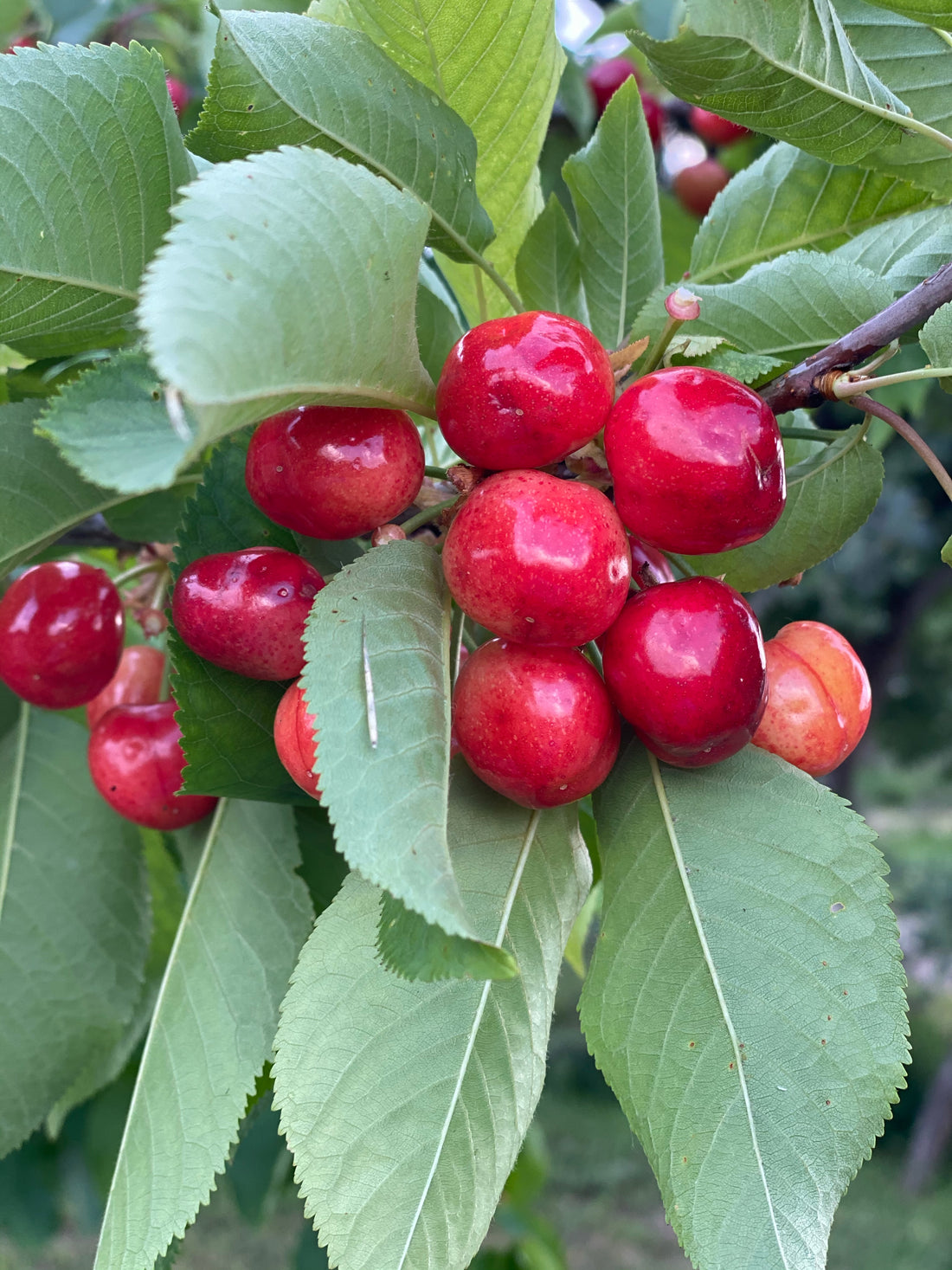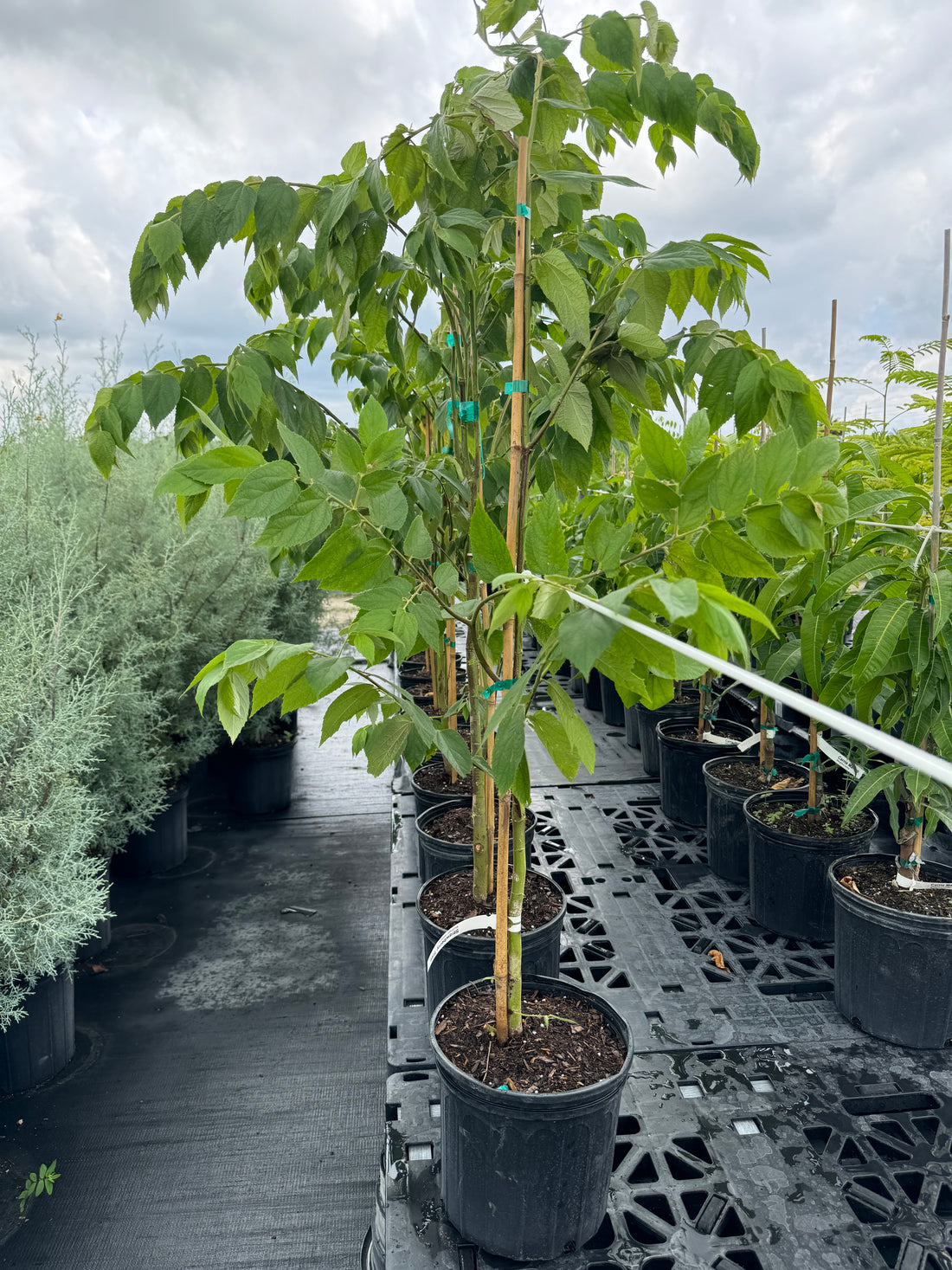7 products
-
Black Mulberry, Everbearing Morus Nigra

 Black Mulberry, Everbearing Morus NigraLandscape Plants
Black Mulberry, Everbearing Morus NigraLandscape Plants- Regular price
-
From
$49.99 - Regular price
-
$59.99 - Sale price
-
From
$49.99
-
Black Mulberry, Dwarf Everbearing Morus Nigra

 Black Mulberry, Dwarf Everbearing Morus NigraLandscape Plants
Black Mulberry, Dwarf Everbearing Morus NigraLandscape Plants- Regular price
-
From
$39.99 - Regular price
-
$49.99 - Sale price
-
From
$39.99
-
Red Mulberry, Morus Rubra

 Red Mulberry, Morus RubraLandscape Fruit Trees
Red Mulberry, Morus RubraLandscape Fruit Trees- Regular price
-
From
$49.99 - Regular price
-
$59.99 - Sale price
-
From
$49.99
-
Miracle Fruit Berry Tree, Synsepalum Dulcificum

 Miracle Fruit Berry Tree, Synsepalum DulcificumHouse Plants
Miracle Fruit Berry Tree, Synsepalum DulcificumHouse Plants- Regular price
-
$89.00 $275.00 - Regular price
-
$89.00 - Sale price
-
$89.00 $275.00
-
Barbados Acerola Cherry Fruit Tree

 Barbados Acerola Cherry Fruit TreeHouse Plants
Barbados Acerola Cherry Fruit TreeHouse Plants- Regular price
-
From
$79.00 - Regular price
-
$95.00 - Sale price
-
From
$79.00
-
Christmas Berry Fruit Tree, Lycium carolinianum

 Christmas Berry Fruit Tree, Lycium carolinianumFruit Tree
Christmas Berry Fruit Tree, Lycium carolinianumFruit Tree- Regular price
-
$125.00 $295.00 - Regular price
-
$125.00 - Sale price
-
$125.00 $295.00
-
Strawberry Tree, Jamaican Cherry Fruit Tree

 Strawberry Tree, Jamaican Cherry Fruit TreeFruit Tree Mango
Strawberry Tree, Jamaican Cherry Fruit TreeFruit Tree Mango- Regular price
-
$39.99 $395.00 - Regular price
-
$39.99 - Sale price
-
$39.99 $395.00
The mulberry tree, scientifically known as Morus spp., is a deciduous tree that produces sweet and juicy mulberries. Here are some key facts about mulberry trees:
Origin and Distribution: Mulberry trees are native to Asia, particularly China. They have been cultivated for thousands of years and are now grown in various regions around the world, including North America, Europe, Africa, and Australia.
Appearance: Mulberry trees can vary in size, but they generally reach heights of 30 to 50 feet (9 to 15 meters). They have a spreading canopy with branches that often droop under the weight of the fruit. The leaves are typically heart-shaped and can range in color from green to purple.
Fruit: Mulberries are small, round to elongated berries that come in different colors depending on the variety, including black, red, white, and even pink or purple. The fruits are sweet and juicy, with a flavor similar to a combination of blackberries and raspberries. Mulberries can be eaten fresh, used in baking, or turned into jams and preserves.
Varieties: There are several different species and cultivars of mulberry trees. Common varieties include the black mulberry (Morus nigra), red mulberry (Morus rubra), and white mulberry (Morus alba). Each variety has its own unique characteristics, such as fruit color and flavor.
Cultivation: Mulberry fruit trees are adaptable and can grow in a wide range of climates. They prefer full sun but can tolerate partial shade. Mulberries thrive in well-draining soil and require regular watering, especially during dry periods. They are usually propagated through cuttings or grafting.
Uses: Besides being enjoyed fresh or used in cooking and baking, mulberries have various uses. They can be dried and used in cereals, trail mixes, or as a natural sweetener in teas or smoothies. Mulberry leaves are also used for feeding silkworms, which produce silk.
Mulberry fruit trees are a delightful addition to any garden or landscape. They provide shade, attract wildlife, and offer a bountiful harvest of sweet and nutritious berries.
















